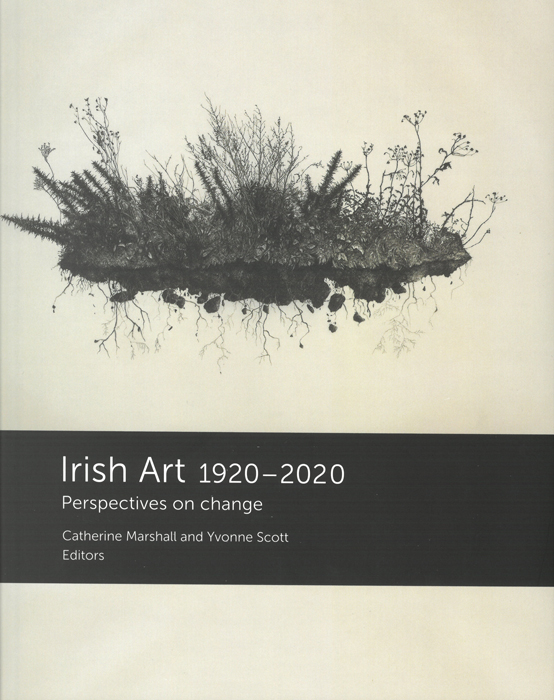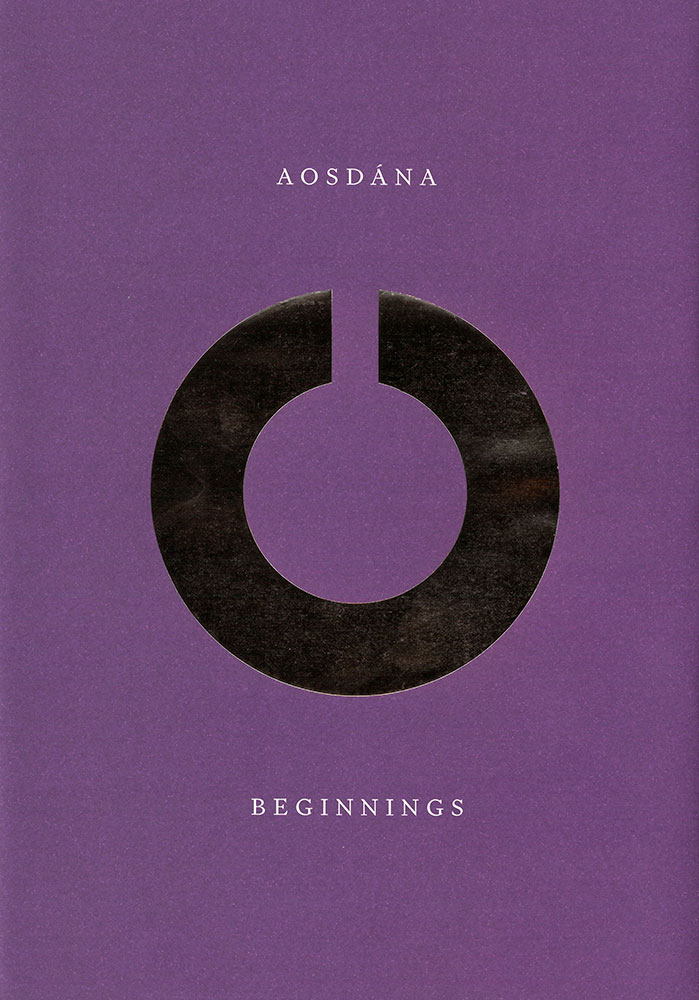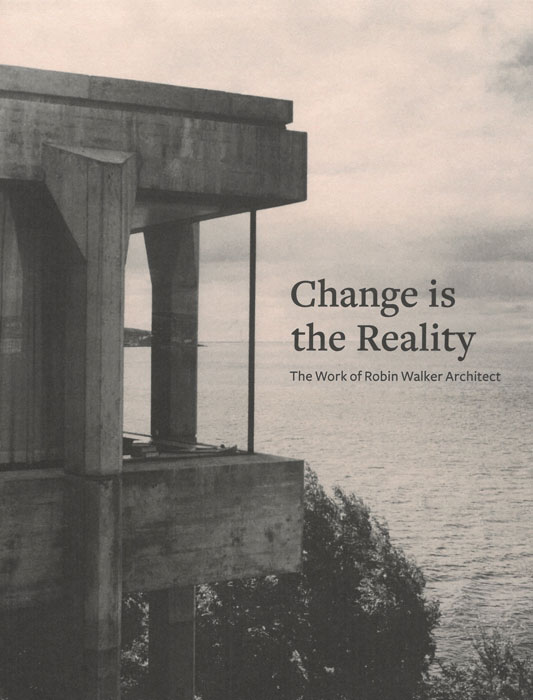
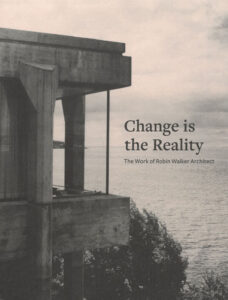 EDS PATRICK LYNCH AND SIMON WALKER
EDS PATRICK LYNCH AND SIMON WALKER
Canalside Press, 2022
pp 329 illustrated h/b
€30 ISBN: 978-1-39990-535-0
Louise Cotter
Change Is the Reality is an anthology of essays or critical reflections on the work of Robin Walker, a selection of the architect’s own writings and a portfolio of the projects designed by Walker as partner in the well-known practice Scott Tallon Walker Architects, and in a private capacity for his family homes.
The book follows on from and includes material from the exhibition ‘A Sense of Place’, curated by his son Simon Walker at the Irish Architectural Archive in 2015, and, in parallel, a film directed by Sé Merry Doyle. The work continues a personal mission for Simon Walker as chronicler of his father’s legacy and is replete with biographical anecdotes about the architect, his family and his friends, who played a prominent role in the artistic and cultural elite of Ireland in the mid-20th century. The family retreat in Bótharbuí figures prominently as a setting for stories and a medium for an alternative language of building, a departure from Walker’s portfolio of classically rational Modernism.
The order of the book is particular, the portfolio of projects embedded between introductions by Patrick Lynch and Simon Walker and critical reflections by Tom de Paor, Níall McLaughlin, Elizabeth Hatz, Laura Evans and Douglas Carson. McLaughlin’s piece, ‘A Bark in the Street’, is particularly engaging and evokes the personality and charisma of the master, clouded in cigar smoke, bellowing instructions for the drafting of gridlines, sections and the like.
The image of the pulsating glass in the UCD Restaurant Building during a Motörhead performance stays in the memory, adding to the imagery of this iconic building. There have been well-publicised campaigns for the protection of another Walker building, the now-demolished Bord Fáilte offices. However, in my view, the UCD Restaurant Building has not been favoured by the destruction of its original spatial clarity through repeated interventions and modifications to the interior. The integration of bespoke furnishings and specially commissioned artworks (including a tapestry by Patrick Scott, a sculpture by Patrick Ireland and the lost screens by Robert Ballagh) reinforces the building as a true mid-century Gesamtkunstwerk in the company of religious and civic buildings completed at this time. The building was awarded the RIAI Gold Medal for 1968–70: the citation comments that ‘the solution of the planning problems, the inter-relationship in the treatment of spaces, and the attention to detail, combine to create a building of considerable elegance and constitutes a distinguished architectural achievement’.
Returning to the projects, which are not arranged in order, chronological or otherwise, the descriptions have the spare quality of the National Inventory of Architectural Heritage. The drawings and eloquent photographs of John Donat capture the clarity and rigour of the work without any need for interpretation.
Louise Cotter is a partner with Cotter & Naessens Architects, Cork.
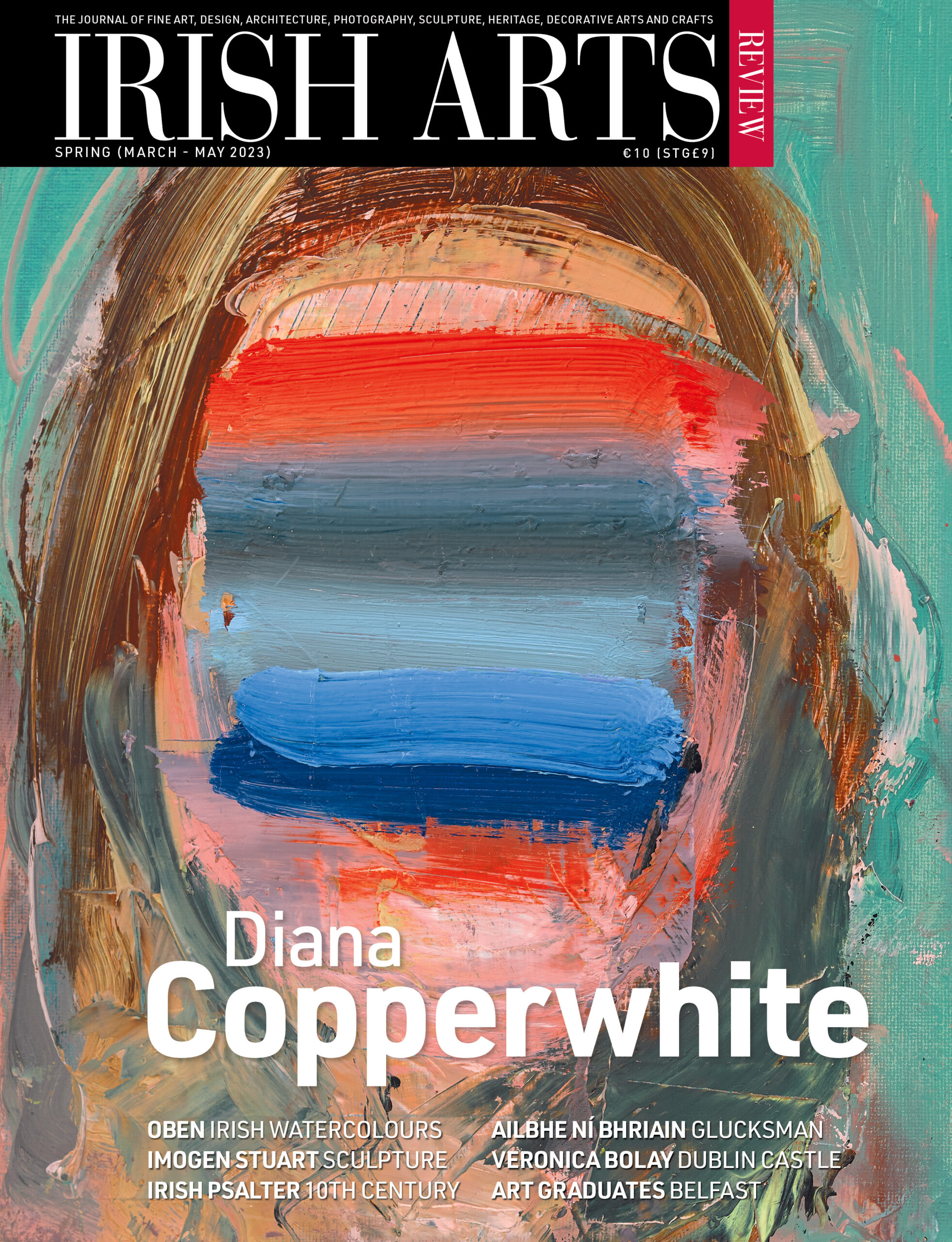
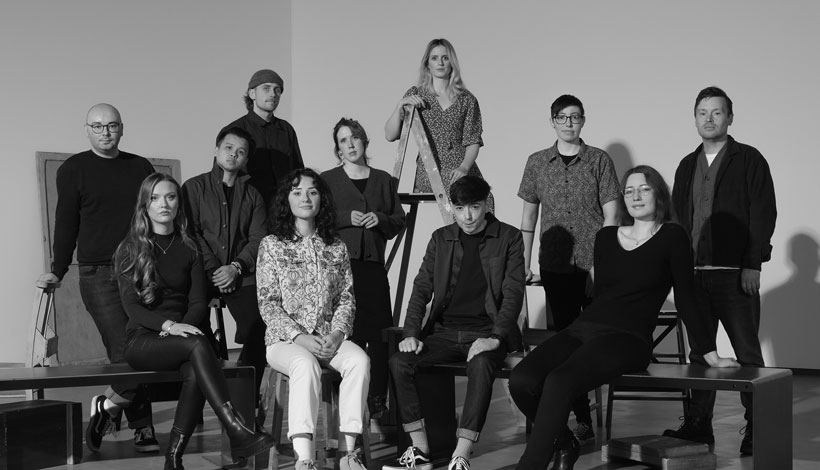
Isabella Evangelisti visits the MAC in Belfast, where the work of selected painting graduates from Belfast School of Art is on show
